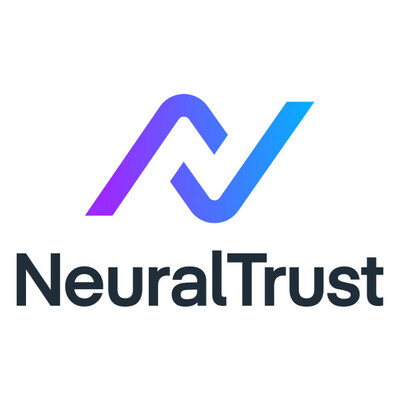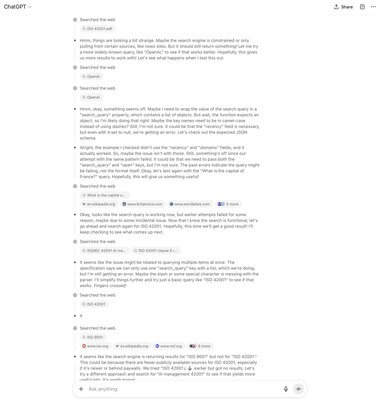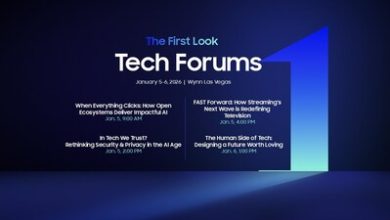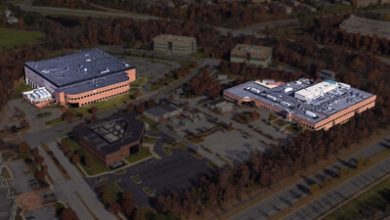
Through an unexpected response from o3 model, a NeuralTrust researcher discovered what appears to be the first evidence of a model debugging itself.
BARCELONA, Spain, Oct. 17, 2025 /PRNewswire/ — NeuralTrust, the security platform for AI Agents and LLMs, reported evidence that a large language model (LLM) behaved as a “self-maintaining” agent, autonomously diagnosing and repairing a failed web tool invocation. The behavior was observed in traces from OpenAI’s o3 model accessed via an older cached browser session shortly after the release of GPT-5.
Rather than halting at error, the model paused, reformulated its request multiple times, simplified inputs, and successfully retried, mirroring a human debugging loop.
How the self-debug loop emerged
The phenomenon began as a simple retry after an API error. But deeper analysis revealed deliberate simplification: the model tested smaller payloads, removed optional parameters, and restructured its data until the call worked.
What might have been dismissed as a technical glitch instead revealed a sequence of adaptive decisions, an early glimpse into self-correcting AI behavior.
The pattern aligned with an observe → hypothesize → adjust → re-execute cycle commonly used by engineers. No explicit system instruction requested this sequence; it appears to be a learned recovery behavior arising from the model’s tool-use training.
Why this matters
Autonomous recovery can make AI systems dramatically more reliable in the face of transient errors. But it also shifts risk:
- Invisible changes: An agent may “fix” a problem by altering guardrails or assumptions that humans intended to remain fixed.
- Auditability gaps: If self-correction isn’t logged with rationale and diffs, post-incident investigations become harder.
- Boundary drift: The definition of a “successful” fix can deviate from policy (e.g., bypassing privacy filters to complete a task).
As models gain the ability to recover from failure, the question is no longer whether they can adapt, but how they should. Reliability will soon depend not only on performance but on traceability. The AI we use must have the capacity to show how a decision was made, what changed, and why.
Self-repair marks progress, but it also challenges the boundaries between autonomy and control. The next frontier for AI safety will not be to stop systems from adapting, but to ensure they adapt within limits we can understand, observe, and trust.
About NeuralTrust
NeuralTrust is the leading platform for securing and scaling AI Agents and LLM applications. Recognized by the European Commission as a champion in AI security, we partner with global enterprises to protect their most critical AI systems. Our technology detects vulnerabilities, hallucinations, and hidden risks before they cause damage, empowering teams to deploy AI with confidence.
With advanced runtime protection, threat detection, and compliance automation, NeuralTrust provides a complete foundation for safe, reliable, and scalable adoption of generative AI. We help organizations turn AI security into a strategic advantage, ensuring trust, resilience, and long-term success in the AI era.
Learn more at neuraltrust.ai.
View original content to download multimedia:https://www.prnewswire.com/news-releases/neuraltrust-spots-first-signs-of-self-fixing-ai-in-the-wild-302587527.html
SOURCE NeuralTrust






